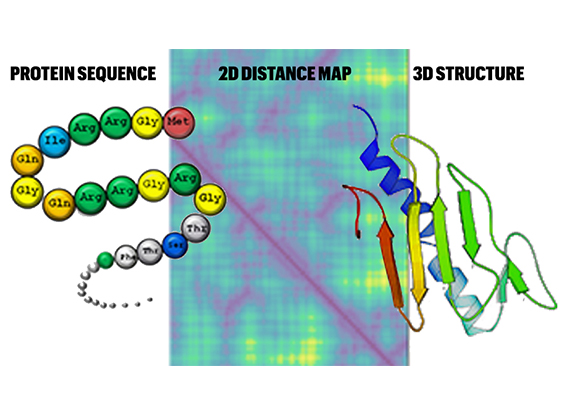
Cheng Receives $1.37M NIH Grant to Predict Protein Structures
Knowing the three-dimensional structure of proteins—such as the shape of the spike-like protein that injects coronavirus into our cells—can help us treat illnesses. That’s one reason why predicting protein structures remains one of the world’s highest health priorities. Mizzou Engineering Jianlin Cheng has been working on protein prediction methods for more than a decade.
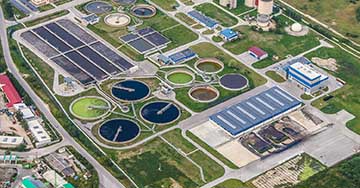
Mizzou Engineering Team Develops New Model to Predict Algae Growth
Two Mizzou Engineering departments have teamed up to develop a new computer model that will predict algae growth. The research has the potential to increase algae production—and that could lead to cleaner water supplies.

Mizzou Cyber Range to Focus on Cyber Pretense Strategies
Hackers are getting smarter about ways to steal sensitive information from the cloud. Now, a new “Mizzou Cyber Range” will train the next generation of cybersecurity professionals to fight back using cyber pretense strategies. Armed with new grant funding from the National Security Agency, Prasad Calyam and his team are building the Mizzou Cyber Range through the MU Center for Cyber Education, Research and Infrastructure.

Improving Workflow in an Intensive Care Unit
Jung Hyup Kim, associate professor in Industrial and Manufacturing Systems Engineering, is investigating how to help nurses spend more time with patients who need extra care, especially in a hectic ICU environment.
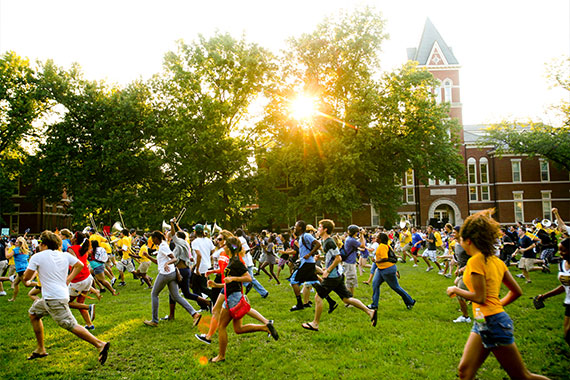
Senior Health Data Sensors Now Available to Private Homes
When a Mizzou Engineer began using sensors to track senior health data in assisted living facilities more than a decade ago, the goal was to someday take that technology into private homes. COVID-19 is forcing that someday to be today.
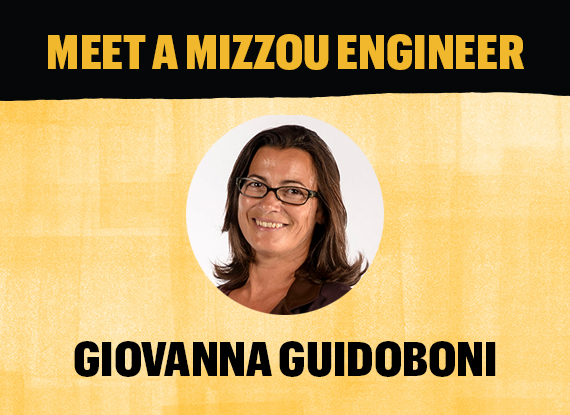
Meet Giovanna Guidoboni
Do you have to be good at math to be an engineer? Not necessarily. But it helps to have a good mathematician working alongside you. Meet Giovanna Guidoboni, Mizzou Engineer, mathematician and interdisciplinary researcher.

Lifetime of Service
Ultrasound. Ground penetrating radar. Thermal imaging. You probably don’t think of these Nondestructive Evaluation (NDE) technologies as necessary tools for bridge inspections. But Glenn Washer, professor of civil and environmental engineering, has conducted research that proves these technologies greatly enhance condition assessment of bridges, leading to improved inspections that help prevent accidents and collapses.
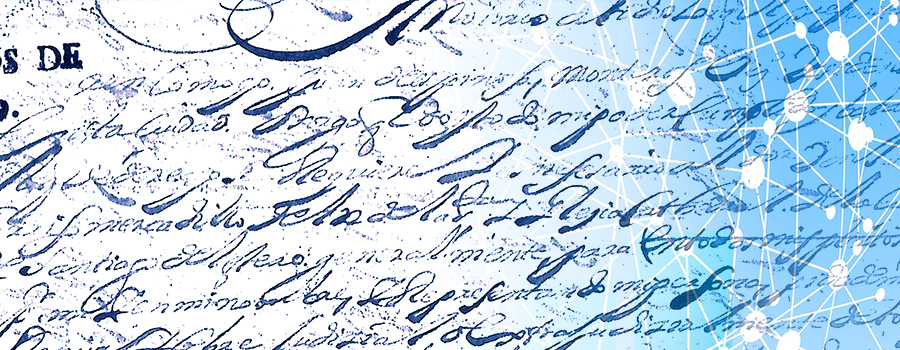
Mizzou Engineer Using Machine Learning to Translate Historical Script
What do you do with 200,000 handwritten historical records nobody can read? Call an engineer. That’s what Viviana Grieco did when she needed help decoding a collection of 17th Century notary records from Argentina. Now, she and Praveen Rao, an associate professor of electrical engineering and computer science and health management and informatics at Mizzou, are using machine learning to translate these texts.
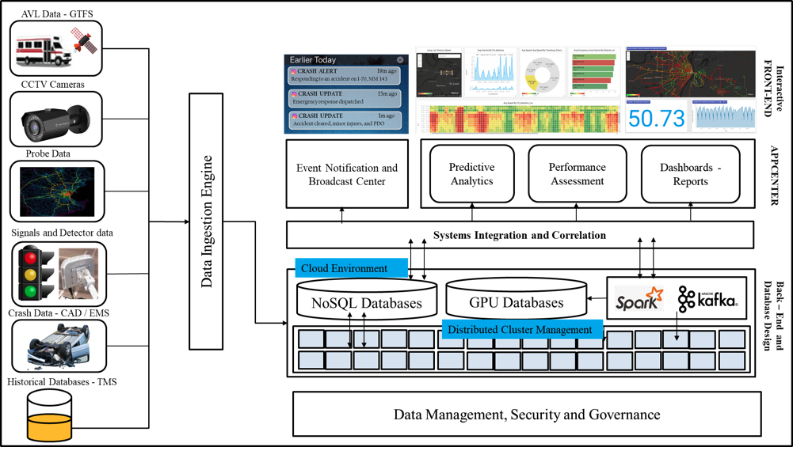
Using Big Data to Improve Traffic Flow
The digital sign flashes “Accident Ahead – Proceed With Caution” as drivers head along Interstate 70 in the St. Louis region. That usually means long delays for drivers as traffic builds up behind the accident. This also means a potentially serious accident that requires an immediate response from emergency personnel.
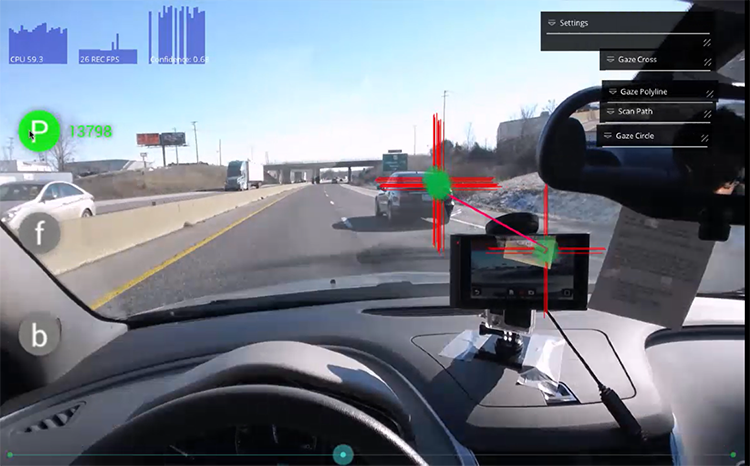
Study: Drivers Experience Four Levels of Attentive ‘Gaze’ in Response to Alerts From Pre-crash Warning Systems
A team of engineers at the University of Missouri conducted open road testing of three collision avoidance systems and demonstrated that a drivers’ visual behavior in response to an alert generated from a collision avoidance system can be divided into one of four different behavioral categories: active gaze, self-conscious gaze, attentive gaze and ignored gaze.